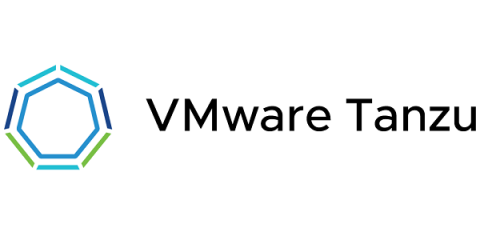Operations | Monitoring | ITSM | DevOps | Cloud
June 2020
Dissecting a Tanzu Kubernetes Cluster Spec with the TKG Service for vSphere
This post is part of a series that examines some of the fundamentals of creating, utilizing, and managing Tanzu Kubernetes clusters with the Tanzu Kubernetes Grid (TKG) Service for vSphere. If you need a primer to understand the basic concepts, make sure you read vSphere 7 — Introduction to Tanzu Kubernetes Grid Clusters. And if you haven’t already, this would also be a good time to read An Elevated View of the Tanzu Kubernetes Grid Service Architecture, the first post in the series.
Learn Design Principles and Components of the Kubernetes Machine on KubeAcademy
We’re excited to announce a new KubeAcademy course—The Kubernetes Machine. If you make architectural decisions, manage infrastructure day-to-day or deploy apps to Kubernetes, The Kubernetes Machine course will teach you how Kubernetes works. The advanced course dives into the Kubernetes machine and its design principles and components. You’ll learn what makes Kubernetes so effective as a container orchestration system.
The CI/CD Experience: Kubernetes Edition with Cora Iberkleid and Andreas Evers
An Elevated View of the Tanzu Kubernetes Grid Service Architecture
Before getting started using the Tanzu Kubernetes Grid (TKG) Service for vSphere, it helps to have an understanding of the Kubernetes architecture and the underlying technology that makes it possible. In this post, by starting at the lowest layer and zooming out, we will paint a picture of how all these technologies are interconnected. This is an introduction, not a deep dive, and as such is meant to be a high-level overview for anyone getting started.










